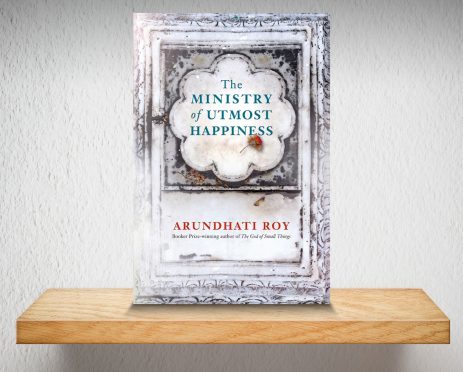The skeleton of this novel is loss.
Every moment, every scene, flutters around the sensation, and drives the next, so you are drawn inexorably onwards as the characters – a motley bunch of broken-hearted renegades and misfits – go about reclaiming land, feelings, rights, power and family, little by little, infinitesimal step by infinitesimal step; and it’s astonishing.
Twenty years have passed since Arundhati Roy’s debut novel, the ground-breaking, Man Booker Prize-winning The God Of Small Things, and in the intervening decades Roy has been writing contentious essays on India’s troubled, and troubling, political system.
The Ministry Of Utmost Happiness mines her research, and delicately braids together strands of the brutal, toxic – and ongoing – Kashmir conflict, with the difficulties faced by a community of hijra (transgender people, who are now recognised as the ‘third gender’ in Indian law) and the fate of a baby abandoned on a rubbish-strewn street.
Roy’s use of language is beautiful and inventive, and often so stunningly evocative that you forgive her when the politics become knotty and tangled.
It’s no fluffy beach read; it’s rich, powerful and deeply upsetting at times. Roy demands your mind and your time, and the rewards are huge.










